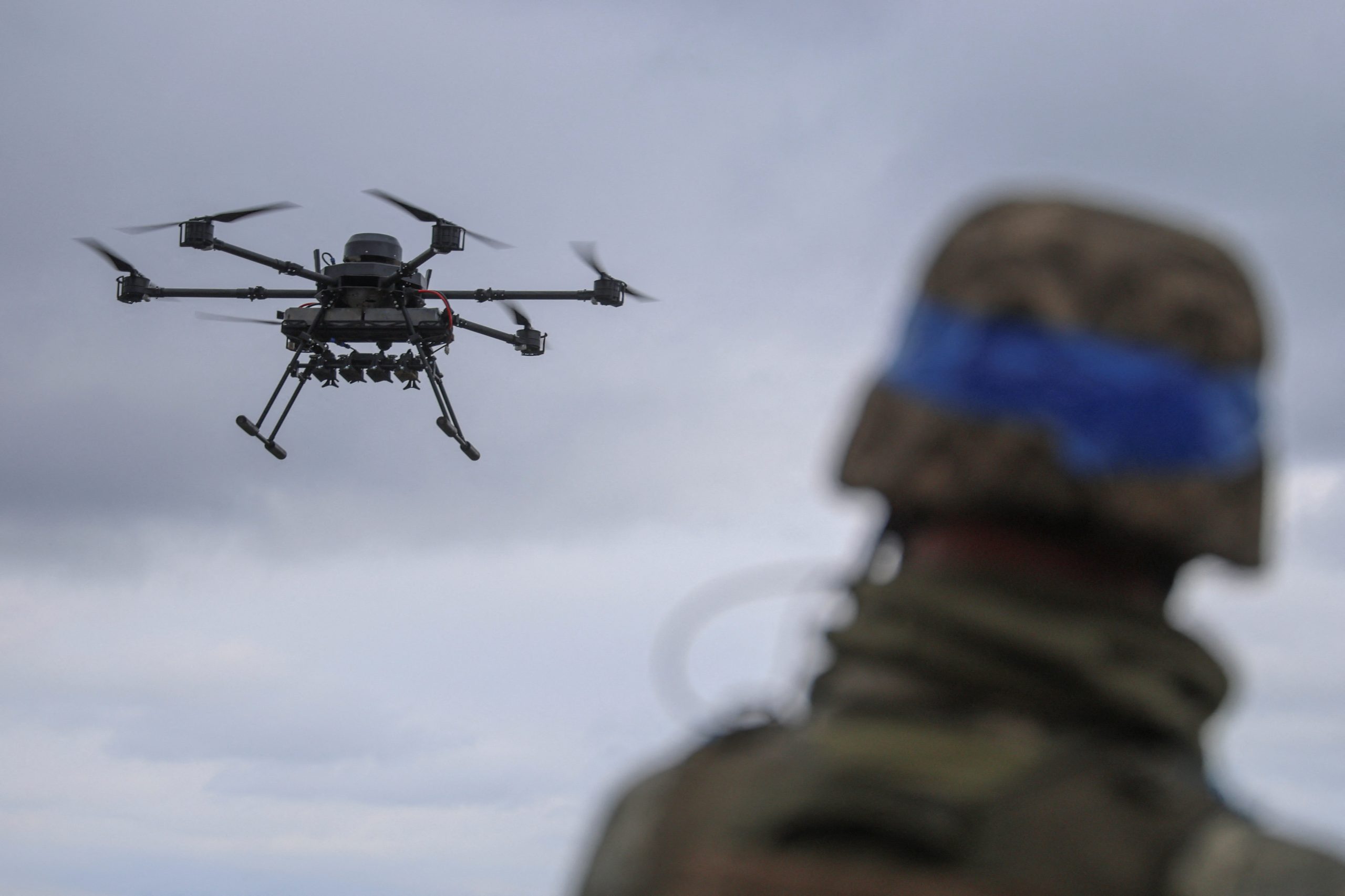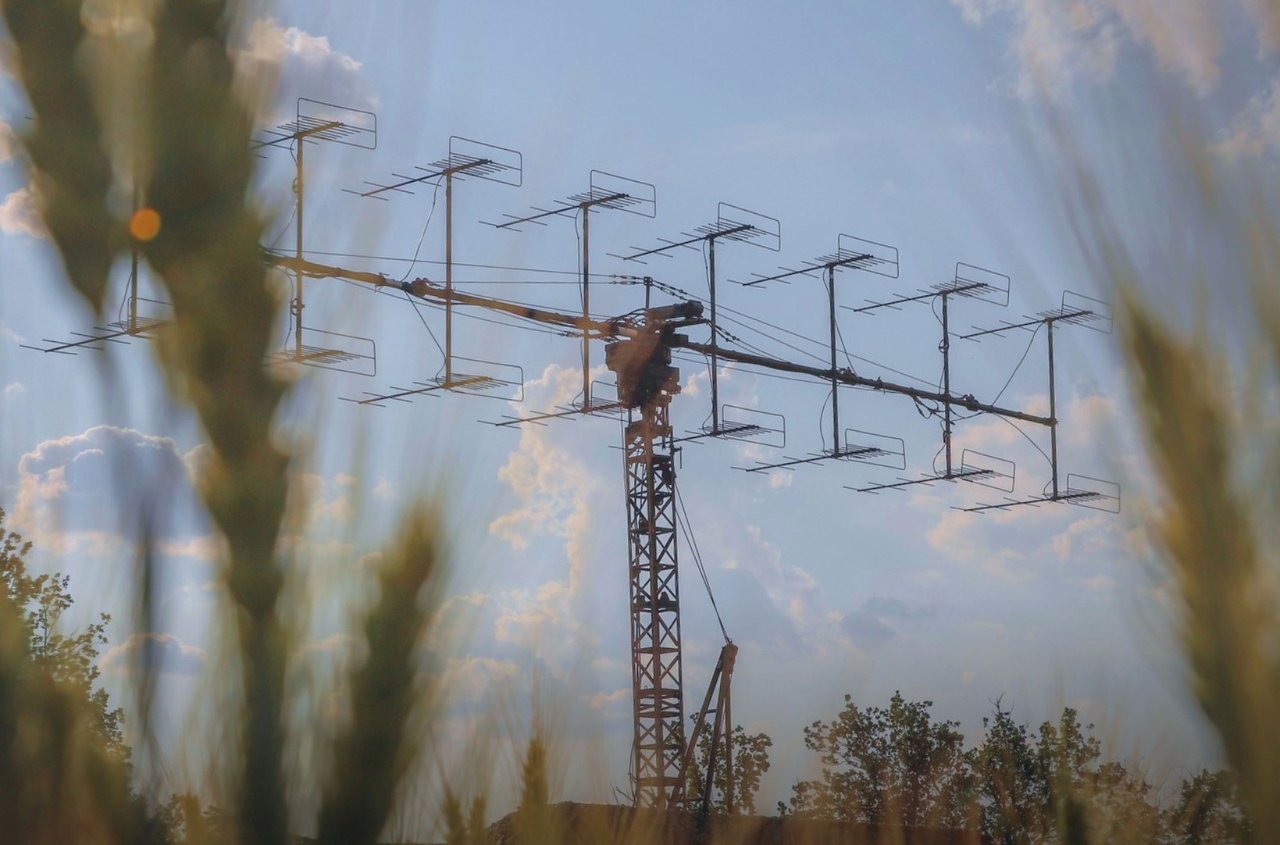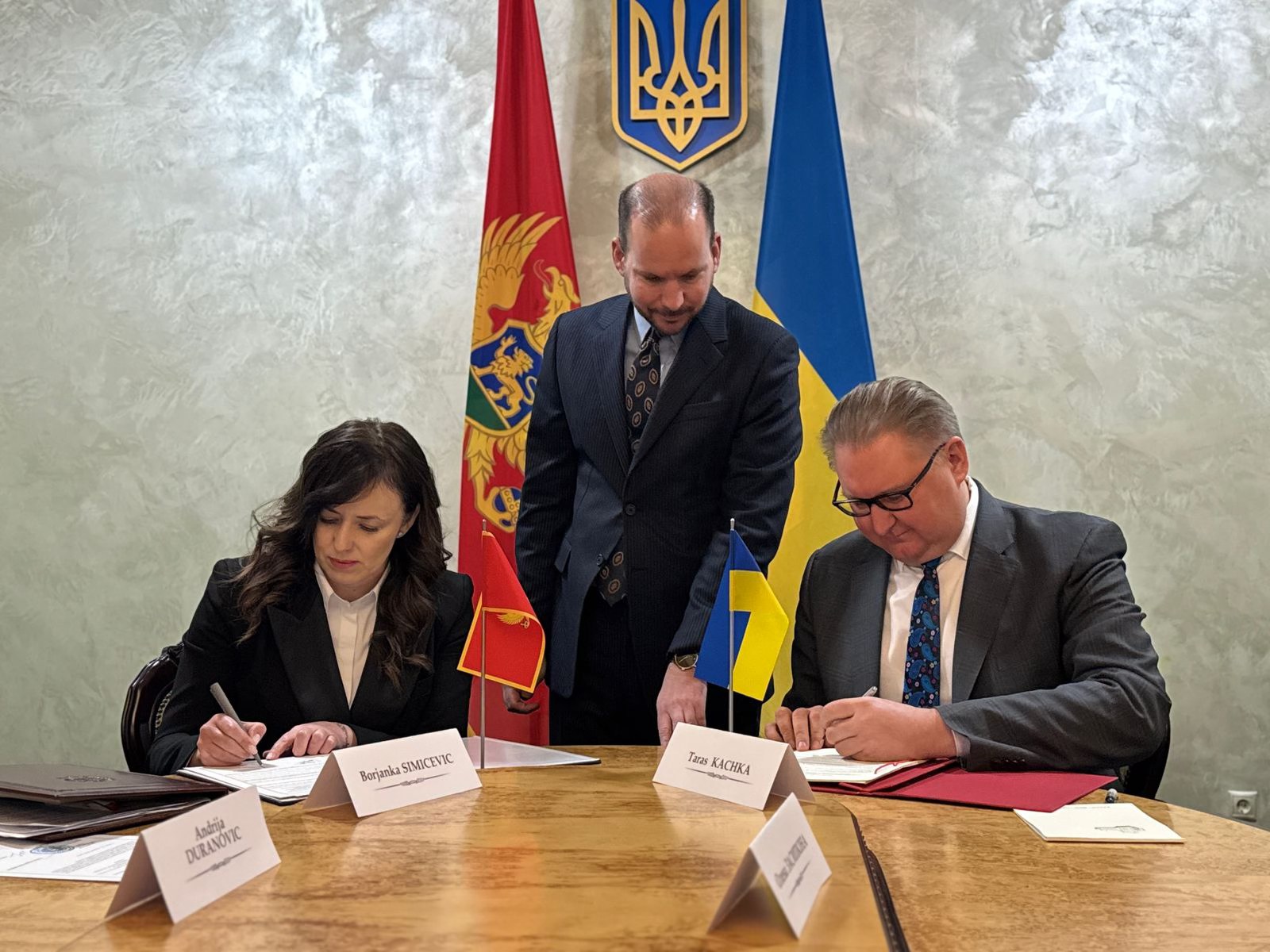Russian forces are reaping the benefits of the West's long-term restriction on Ukraine using Western-provided weapons to strike legitimate military targets on Russian territory — territory that Russian forces now depend on to sustain their offensive operations in northern Kharkiv region.
Western officials have prohibited Ukraine from using Western-supplied weapons to strike targets on Russian territory, and Ukrainian officials have repeatedly stated their adherence to this condition.
UK Foreign Minister David Cameron only recently greenlit Ukrainian forces to use UK-provided weapons to strike targets in Russian territory, but this is insufficient for Ukraine's interdiction needs in Russian territory and came too late to allow Ukrainian forces to inhibit Russia's ability to concentrate forces along the international border.
Ukrainian forces have previously used US-provided HIMARS to devastating effect, particularly in forcing Russian forces to withdraw from the west (right) bank of Kherson region in November 2022 and continue to use HIMARS and other US- and Western-provided weapons to strike Russian force concentrations in rear and deep rear areas in occupied Ukraine.
Ukrainian forces regularly conduct drone strikes against infrastructure and airfields in Russia, but these lack the same interdiction effects that Ukrainian forces now need to generate to undermine the Russian offensive operations.
Ukrainian forces would greatly benefit from being able to use advanced long-range weapons systems to disrupt Russian logistics nodes and routes that are currently supplying the Kharkiv offensive but must instead rely on their limited and depleted stock of indigenous weapons.





















